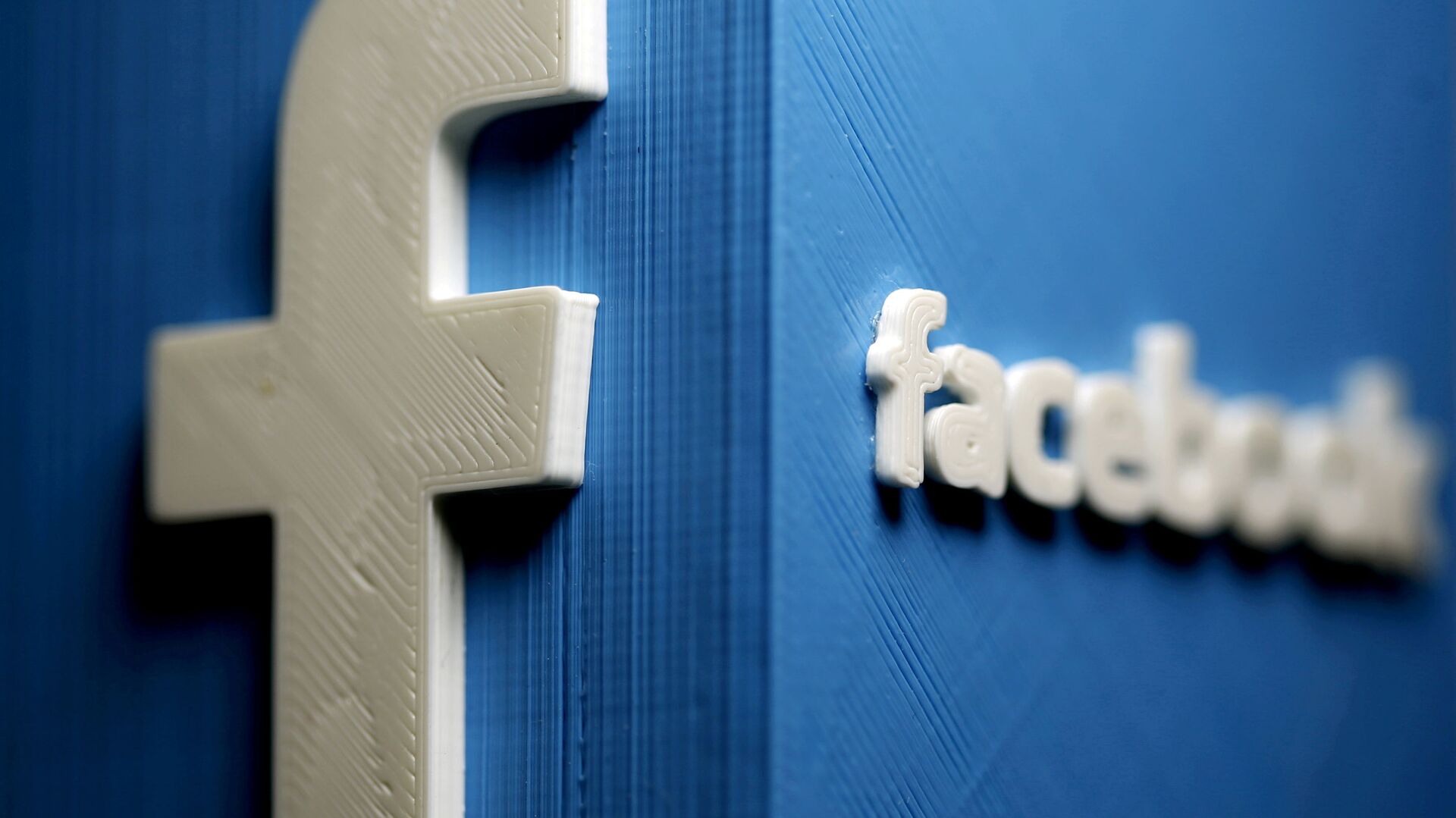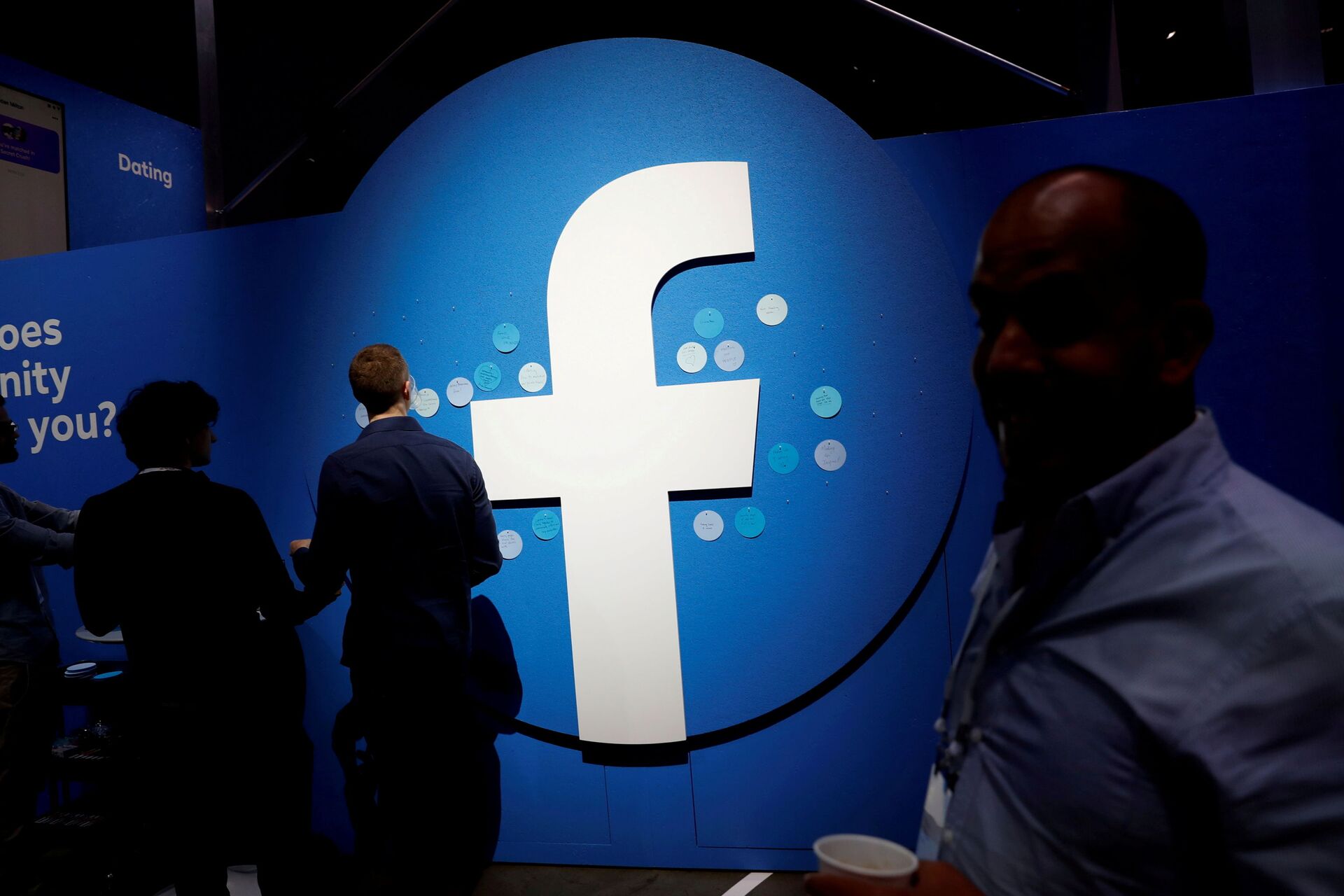https://sputnikglobe.com/20211005/the-day-facebook-disappeared--1089667860.html
The Day Facebook Disappeared
The Day Facebook Disappeared
Sputnik International
For nearly seven hours, the world was without its best friend. Facebook, along with Instagram, WhatsApp, and its messenger service, faced an outage that caused... 05.10.2021, Sputnik International
2021-10-05T01:19+0000
2021-10-05T01:19+0000
2022-11-03T18:23+0000
science & tech
mark zuckerberg
whatsapp
instagram
facebook
https://cdn1.img.sputnikglobe.com/img/07e5/03/12/1082385699_0:208:2900:1839_1920x0_80_0_0_d0ed7289cf23aff18e5cb61f6afc12d3.jpg
Facebook is the world’s most popular social media platform. With 2.8 billion active users as of July 2021, the only social media platform that comes close to rivaling it is YouTube at 2.3 billion active users. Facebook’s dominance of social media is so complete that four of the top five social media platforms are either Facebook or owned by the company. Together, Facebook, WhatsApp, Instagram, and Facebook messenger, have a combined 7.5 billion active users.When Facebook and its cohort of platforms suddenly stopped working on Monday, October 4th, 2021 at around 11:30 a.m. EST, the internet found itself in uncharted territory. In a blink, the world reverted back to February 3, 2004, the day before TheFacebook launched.In the seventeen-plus years that Facebook has existed, the world has grown accustomed to using, interacting, and living on one of their platforms. With it gone, people, left out in the social media wilderness, were forced to wander their way to alternative forms of connection. In the wake of the Facebook exodus, one by one, websites and services experienced problems; Twitter, Amazon Web Services, Snapchat, Oculus, TikTok, Google, Telegram, Slack, Zoom, iMessage, Netflix, and Discord, almost none were completely spared.The culprit of the worldwide internet pandemonium was a simple Border Gateway Protocol (BGP) error. The BGP is responsible for routing users to a network, in essence, without a functioning BGP, Facebook had gone dark. However, the problems didn’t stop at our web browser, it apparently crippled Facebook, the company, as well.Reports from The New York Times indicate that employees were unable to enter buildings as their badges weren’t working on access doors, and that their internal tools and platforms were also down. Facebook, one of the largest companies in the world, figured out a way to lock its customers and its employees out in one fell swoop.To solve the issue, Facebook reportedly had to physically send a team to save the day. The team was dispatched to their Santa Clara, California, data center in an effort to try a manual reset. Apparently, just like the rest of us, when Facebook runs into an IT problem, the golden goose is to turn it off and back on.Facebook’s services have slowly been coming back on since around 7:00 p.m. EST. The problem, at least somewhat, has been resolved. A small BGP error caused one of the world’s richest men to lose $6 billion. A small BGP error caused the internet to come to a screeching halt like a rush-hour traffic jam. A small BGP error took Facebook offline.
Sputnik International
feedback@sputniknews.com
+74956456601
MIA „Rossiya Segodnya“
2021
News
en_EN
Sputnik International
feedback@sputniknews.com
+74956456601
MIA „Rossiya Segodnya“
Sputnik International
feedback@sputniknews.com
+74956456601
MIA „Rossiya Segodnya“
science & tech, mark zuckerberg, whatsapp, instagram, facebook
science & tech, mark zuckerberg, whatsapp, instagram, facebook
The Day Facebook Disappeared
01:19 GMT 05.10.2021 (Updated: 18:23 GMT 03.11.2022) For nearly seven hours, the world was without its best friend. Facebook, along with Instagram, WhatsApp, and its messenger service, faced an outage that caused a ripple effect throughout the internet. From Twitter to Gmail, platforms struggled to handle the cascade of jilted Facebook users in search of connection.
Facebook is the world’s most popular social media platform. With
2.8 billion active users as of July 2021, the only social media platform that comes close to rivaling it is YouTube at 2.3 billion active users. Facebook’s dominance of social media is so complete that four of the top five social media platforms are either Facebook or owned by the company. Together, Facebook, WhatsApp, Instagram, and Facebook messenger, have a combined 7.5 billion active users.
When Facebook and its cohort of platforms suddenly stopped working on Monday, October 4th, 2021 at around 11:30 a.m. EST, the internet found itself in uncharted territory. In a blink, the world reverted back to February 3, 2004, the day before TheFacebook launched.
In the seventeen-plus years that Facebook has existed, the world has grown accustomed to using, interacting, and living on one of their platforms. With it gone, people, left out in the social media wilderness, were forced to wander their way to alternative forms of connection.
In the wake of the Facebook exodus, one by one, websites and services experienced problems;
Twitter,
Amazon Web Services,
Snapchat,
Oculus,
TikTok, Google,
Telegram,
Slack,
Zoom,
iMessage,
Netflix, and
Discord, almost none were completely spared.
The culprit of the worldwide internet pandemonium was a simple Border Gateway Protocol (BGP) error. The BGP is responsible for routing users to a network, in essence, without a functioning BGP, Facebook had gone dark. However, the problems didn’t stop at our web browser, it apparently crippled Facebook, the company, as well.
Reports from The New York Times indicate that employees were
unable to enter buildings as their badges weren’t working on access doors, and that their
internal tools and platforms were also down. Facebook, one of the largest companies in the world, figured out a way to lock its customers and its employees out in one fell swoop.
To solve the issue, Facebook reportedly had to physically send a team to save the day. The team was dispatched to their Santa Clara, California, data center in an effort to try a manual reset. Apparently, just like the rest of us, when Facebook runs into an IT problem, the golden goose is to turn it off and back on. Facebook’s services have slowly been coming back on since around 7:00 p.m. EST. The problem, at least somewhat, has been resolved.
A small BGP error caused one of the world’s richest men to lose $6 billion. A small BGP error caused the internet to come to a screeching halt like a rush-hour traffic jam. A small BGP error took Facebook offline.


